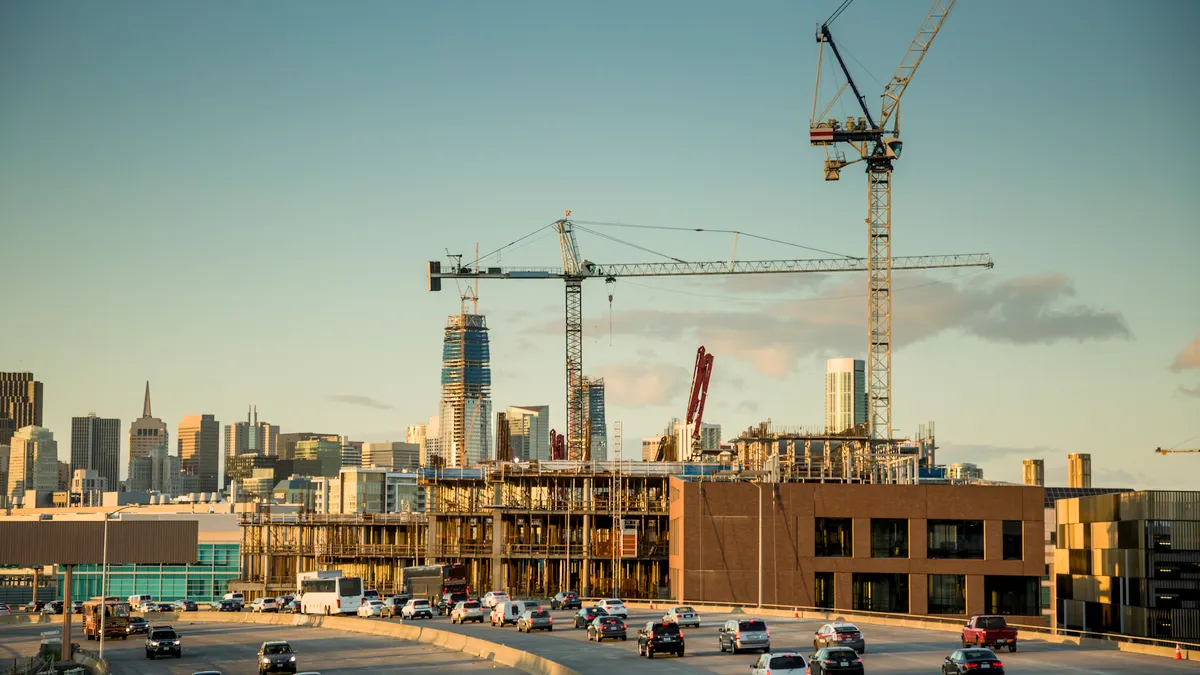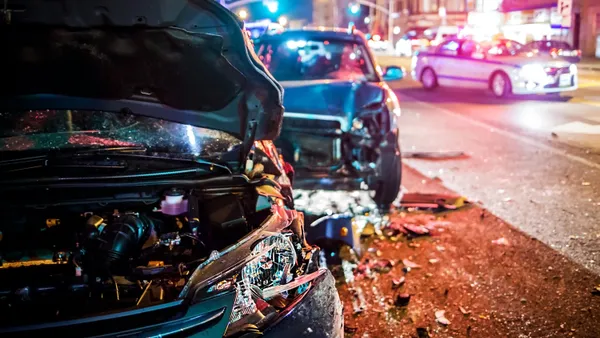Dive Brief:
- Chicago has expanded the number of vehicles in its dockless bike-share pilot on the city's Far South Side, but ofo has called it quits with the program, the Chicago Tribune reports. The pilot launched in May with four operators: ofo, Lime, Jump and Pace.
- The city had a requirement that as of July 1, all dockless bikes must have the ability to lock to a fixed object, which ofo and Lime do not. The two companies were grandfathered in and allowed to keep their 50 bikes in the pilot, but they could not add more bikes like Jump and Pace, who have the required cable lock or U-lock mechanisms and now collectively are allowed about 600 bikes.
- Ofo left the pilot because of the locking and small fleet restrictions. Lime had launched an online petition to get the city to change its mind about the conditions, but that didn't work and the operator thus remains a pilot participant with its existing 50 bikes.
Dive Insight:
Chicago's locking requirement is unique for a dockless pilot. The city preempted the trouble others have encountered with users parking dockless vehicles inappropriately and creating litter. Some cities encountered trouble because they didn't have policies in place governing dockless bikes prior to the vehicles' arrival.
The location of the pilot is also unique compared with locations in which other cities choose to allow dockless bikes. The program does not take place anywhere near the downtown area, or the city's "hot" neighborhoods, which would be obvious testbeds. Instead, the test area lies about 10 miles south of downtown at its closest point. The pilot location serves as a reminder of the city's expansiveness and its many diverse neighborhoods with different needs, as well as residents' unequal access to transportation resources.
Chicago's South Side fights against a negative reputation. For decades, its mention has been associated with gangs, drugs and violent crime. One of the most notorious neighborhoods, Englewood, frequently ranks among the most dangerous neighborhoods in the U.S. The South Side contains many of the city's areas of lowest income, with pockets of middle income and wealthy neighborhoods interspersed, whereas the downtown and North Side more widely house mid- to high-income residents. The Far South Side, generally speaking, is better off than the near South Side, and is having a boost in economic development.
While ofo decries the dockless bike-lock rules as a hindrance to business, it could serve a purpose more than just preventing bike littering. The northernmost portion of the pilot area is just a few city blocks from the border of Englewood. Releasing bikes without locking capabilities so close to a known high-crime area could be risky because of theft, but requiring locks provides another level of protection. The measure might be cumbersome to some operators, but it sets up the program for greater success both in theft and clutter prevention.
Some Chicago neighborhoods were so riddled with foreclosures following the 2008 housing crisis that the city launched the Micro Market Recovery Program (MMRP) in 2011 to address the high number of "zombie buildings," those left vacant when owners defaulted and moved out, and many of them were on the South Side. Thousands of the zombie buildings have since been re-occupied thanks to MMRP and revitalization is underway in a number of South Side neighborhoods.
Despite many neighborhoods getting revamped and economic development making its way there, the Far South Side largely is underserved by transit compared with other parts of the city. The one subway line, the Red Line, that reaches the furthest there only goes to 95th Street, although the Chicago Transit Authority did announce a plan this year to extend the line by more than five miles, to 130th Street, and add four new stations. The city's official, traditional bike-share program, Divvy, doesn't serve the Far South Side at all. But the new dockless pilot reaches communities that are miles from the closest Divvy station. In addition, the South Side has been underserved with bike racks, which increases the difficulty of conducting a successful dockless bike-share pilot that has the city's locking requirements. The city is installing about 100 bike racks in the pilot area, and Pace is installing 25 racks as well.
Although it has improved in recent years, Chicago also is notoriously racially segregated. White populations dominate the more high-income northern portions of the city while the South Side and West Side are predominantly black and Hispanic, which can be seen in a segregation map from The New York Times. That can raise questions regarding a racial disparity and inequitable distribution of city services.
Launching a dockless pilot where it did could help to fill some of Chicago's transportation gaps. It increases equity by bringing services to residents that traditionally have not had the same resources as those in wealthier parts of the city. Although dockless operators that do not have built-in locks on their devices are frustrated to the point of ending pilot participation, the city does seem to have thought out the parameters to sustain a successful program.












